Watch the video
- Watch the video on youtube
curated by Selena Mercandelli and Elena Vitale
and on the lengthening of the spinal column. It is preparatory to all the "back bending" from the ground (the arching positions).
The meaning
The term Salamba in Sanskrit means "support" while bhujanga is the snake ", asana means" position ". We can therefore literally translate Salamba Bhujangasana as the" position of the snake with support ", conventionally called by all as the position of the" sphinx " , because the body assumes the position of a sphinx.
When you practice
The Sphinx posture is preparatory to deeper back opening asanas such as Sethu Bandha Sarvangasana, the half bridge, or Urdhva Dhanurasana, the full bridge from the ground. It is usually inserted at the beginning of a cycle of supine positions, which lead the spine to warm up and gradually open up and then arrive to safely perform the bridges or half bridges from the ground.
Sequence and repetitions
Kneel on the mat with your hands in prayer in front of your chest, place your hands on the ground, point your feet and straighten your legs to bring yourself into the downward dog position, extending your legs and back well. Then bring your knees, chest and chin to the ground, and sliding forward rest your belly and forehead. Spread your legs slightly apart and stretch your arms out in front of you. Start walking backwards with your hands until your forearms are resting on the ground. By leveraging the forearms, open your chest wide, bring the coccyx back towards the pubis, and if you have no cervical problems, prune your gaze upwards. Remain in this position for five long, deep breaths. Then slowly bring your forehead back to Earth.
Because it is good
The benefits of the Sphinx position are manifold. It realigns the spine and all the back muscle chains, strengthens the back, tones the chest and shoulders. Free from fatigue.
The abdominal muscles are toned up, the internal organs of the abdomen are massaged. In the upward phase, in case of menstrual pain in a woman, the discomfort is relieved.
In the descent phase, abdominal pressure improves digestion, gastric reflux, constipation and circulation in the legs.
The practice of Salamba Bhujangasana, however, has some small contraindications: it is not recommended for pregnant women or in case of back and abdomen surgery.
In general, in the presence of injuries, pains or chronic pathologies, it is important to always discuss with a teacher who can suggest suitable variants.
and buttocks and legs.The meaning
The Sanskrit word bhujanga means "snake", while asana means "posture". We can therefore translate the word Bhujangasana as the "snake posture". In yoga it was then conventionally called "cobra position", because during the upward ascent, the head, torso and arms assume a posture that resembles the shape of a cobra stretching towards the sky.
When you practice
The Cobra, together with the Sphinx position, is a preparatory asana for the deeper back openings that we face when we decide to perform Sethu Bandha Sarvangasana, the half bridge or Urdhva Dhanurasana, the complete bridge from the ground.
Sphinx, Cobra and Dog upside down are usually inserted within a cycle of supine positions, which loosen the spine, heat it and lead it to open progressively to safely perform bridges or half bridges from the ground.
Sequence and repetitions
Kneel on the mat with your hands in prayer in front of your chest. Place your hands on the ground, point your toes and extending your legs and back into the downward dog position. Then bring your knees, chest and chin to the ground and, sliding forward, rest your belly and forehead on the mat. Push the legs hard on the ground, slide with the pubis forward, perform a slight retroversion of the pelvis, keeping the pubis strong on the ground, the elbows bent at the hips.
Open your chest letting the shoulder blades slide downwards and inhaling expand the front part of the torso upwards. If you can, extend your arms progressively, but keeping your pubis always resting on the ground and looking up at the sky like a snake that stretches vertically. Stay in the position for five breaths, then slowly bend your elbows and return to the ground, rest your chest and forehead. Bring your buttocks towards your heels and rest your forehead on the ground. Then slowly lift yourself up.
Because it is good
The position of the Cobra improves the flexibility of the spine and gives elasticity to the lungs thanks to the opening of the chest.
In women, it tones the ovaries and uterus, relieving menstrual and gynecological disorders and improves circulation in the pelvic area. It is beneficial for the abdominal organs, especially the liver and kidneys, which are massaged in the upward phase.
The asanas of this family are recommended for people who have a stiff back, low back pain, sciatica pain, slipping or crushing of the intervertebral discs.
We just have to get all on the mat!
This training is done in partnership with Yogaessential


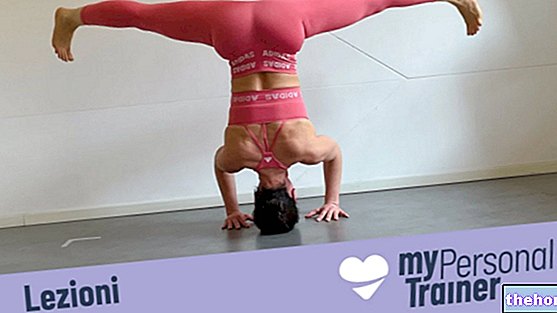
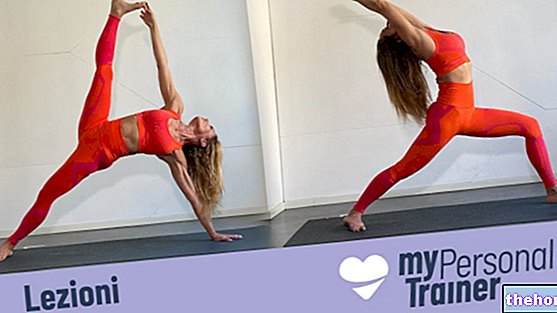
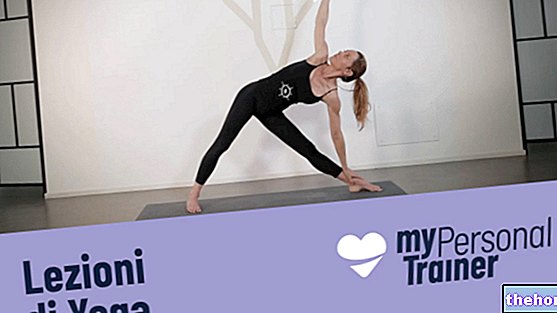
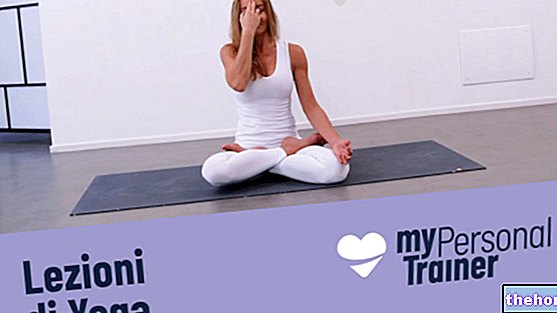
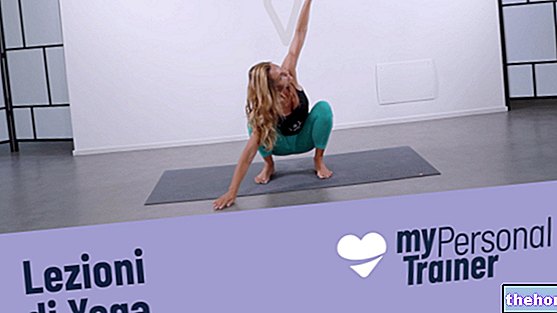


.jpg)


















